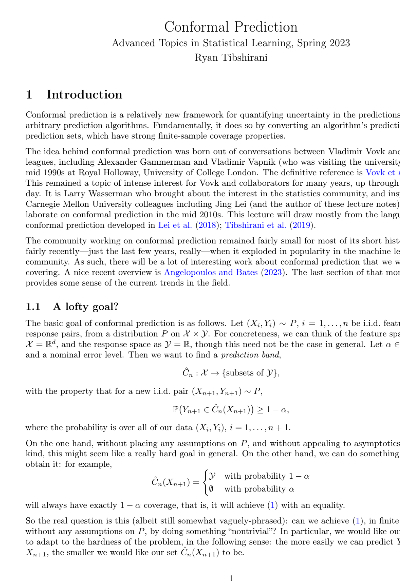[WITH CODE] Risk Engine: Adaptive bailout system
Implementing adaptive systems that detect unexpected anomalies and protect trading performance
Table of contents:
Introduction.
Calibrated risk.
Adaptive bail out.
Introduction
Algorithmic trading isn’t for everyone—it takes grit and adaptability. While conformal prediction’s basics are familiar—I’ve covered them before—this time we’re tackling something new: reinventing how these concepts protect trading algorithms. Our mission for today? Designing smarter bailout systems that spot weird market activity on the fly.
Think of your trading algorithm like a stunt pilot. Right now, most systems use rigid safety rules—like a parachute that only deploys at a fixed altitude. But what if, instead, the pilot’s gear could sense turbulence mid-flight and adjust the harness in real time? That’s the vision here: a bailout system that learns as it goes, spots sudden market shifts, and still stays rooted in conformal prediction’s no-nonsense, data-agnostic math.
We’ll skip the basics. For more check here:
And for other application, check the paper Theorical Foundations of Comformal Prediction in Contract Sizing. Available here:
In what follows, we focus on two core concepts:
Calibrated risk: Leveraging a sliding window of recent observations, this component computes prediction intervals that mirror the current error distribution.
Adaptive bail out: This mechanism measures deviations between observed values and prediction intervals, triggering an intervention when those deviations exceed a dynamic threshold linked to market volatility.
Bottom line? It’s about building algorithms that don’t just survive market madness—they sense it coming.
Calibrated risk
For a new observation xnew, our regression model provides a prediction
We maintain a calibration set
and compute the nonconformity scores for each calibration point as
Then, the quantile threshold q is defined as the (1−ϵ)-quantile of these scores:
The adaptive prediction interval for xnew is then given by:
These computations are performed dynamically as new calibration data are added. The sliding window mechanism ensures that only the most recent N data points are used so that the calibration set reflects current market conditions.
To go deeper, check this:
Let’s see how to implement it:





